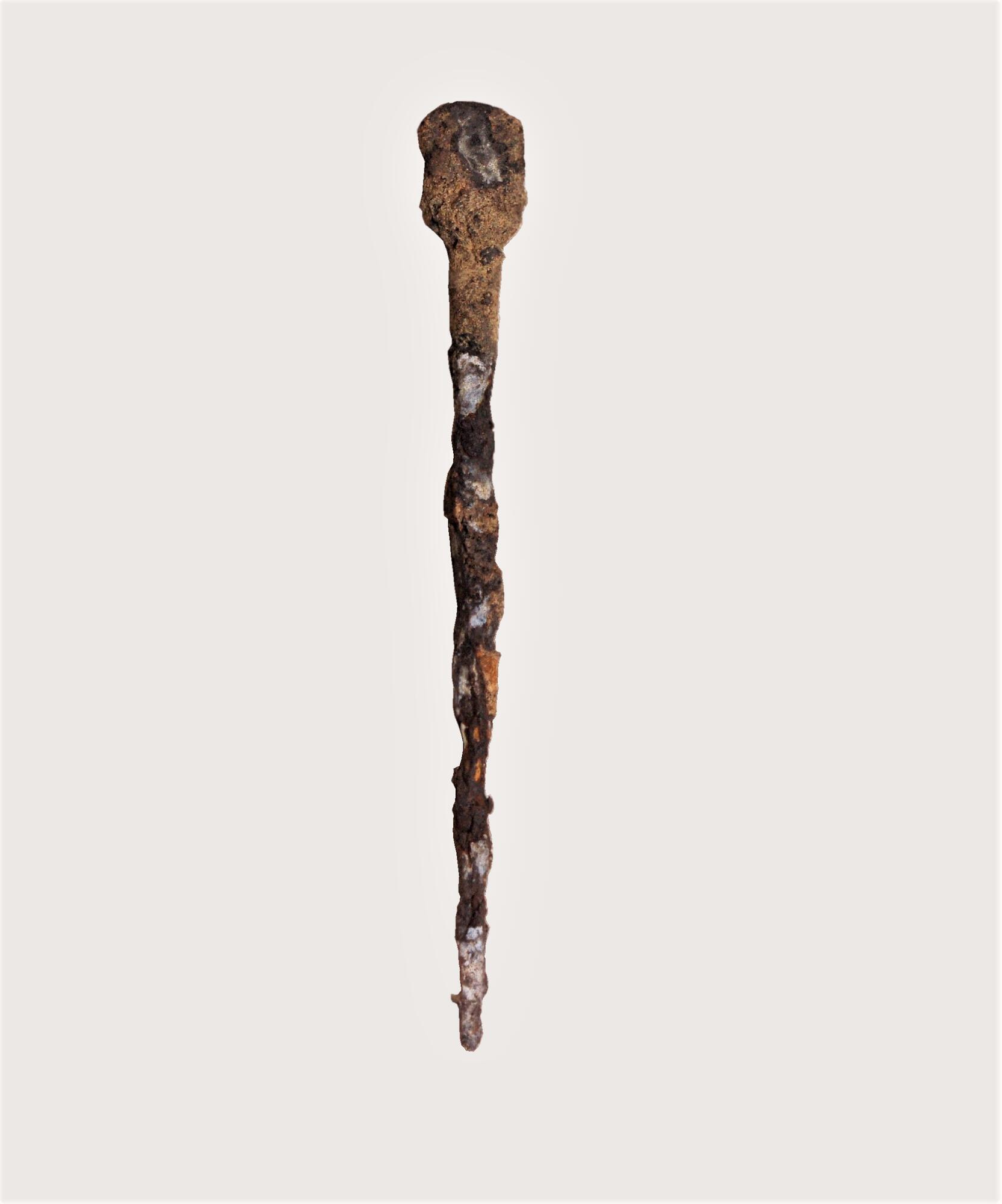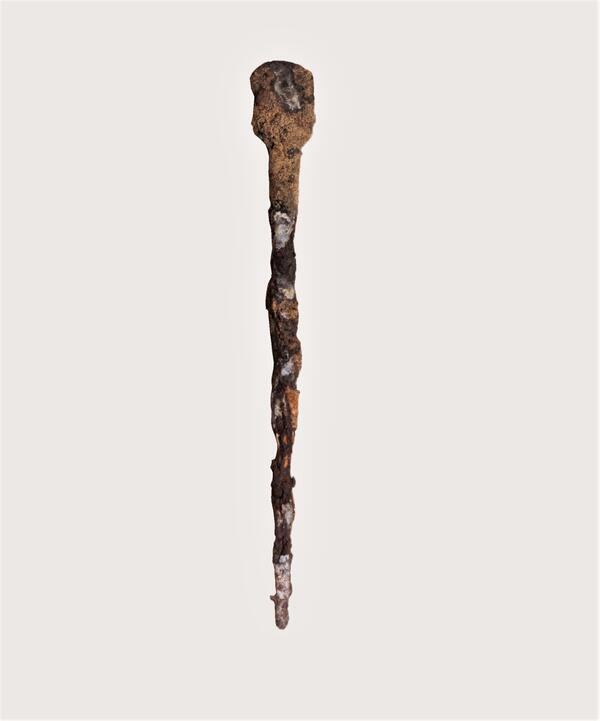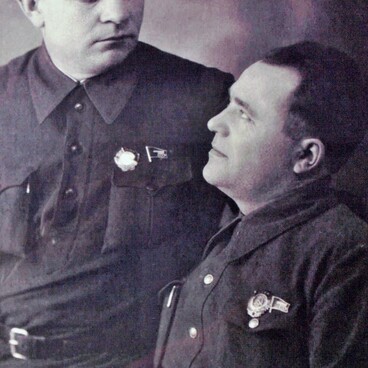Krapivenskoe settlement, an archaeological monument of the Old Russian culture, is located on the territory of Shebekino District. An Old Russian town, the center of crafts, trade and literacy, used to be there. In addition, it protected the borders of Russia from the attacks of neighboring nomadic tribes.
The Slavs first settled in this area in the 8th century, and already in the 11th century Krapivenskoe settlement turned into a major city. It belonged to the Kursk district of the Chernigov and then Novgorod-Seversk princedom and was the outermost in the southeast of Russia. On top of the chalk mountain stood a city-fort called “detinets” with a drawbridge across the moat, which was surrounded by defensive fortifications. Nearby was a trade and crafts village, also fortified by walls with towers, a deep moat and a rampart.
Peasants lived at the foot of the mountain. Their dwellings — small semi-dugouts — were located close to each other; small gaps between them were occupied by outbuildings — cellars, storerooms.
In 1995, an expedition led by Alexander Dyachenko, an archaeologist from Belgorod, carried out excavations at this site. Researchers discovered more than a thousand items: fragments of pottery, ironwork, weapons, sharpening stones, women’s jewelry, farming tools. As well as an ancient iron stylus, which is stored in the collection of the Shebekino History and Art Museum. The exhibit was attributed to the period from the 10th to 13th centuries AD, and it evidenced that literacy already existed in the town at that time.
Researchers found out that the main occupation of the local population was arable farming. Wheat, barley, millet, oats, as well as beans, peas and hemp were grown here. The local people raised cattle, such as pigs, sheep and goats, and hunted — during the excavations deer antlers, bear and wild boar tusks were found.
Moreover, archaeologists found objects that were created by artisans from other cities and countries: Kiev, Ovruch, Chernigov, Byzantium and the Middle East. This indicates that trade was developed in Krapivenskoe settlement, and goods were brought from other regions.
The city perished in the 1230s during the Mongol invasion of Russia.
The Slavs first settled in this area in the 8th century, and already in the 11th century Krapivenskoe settlement turned into a major city. It belonged to the Kursk district of the Chernigov and then Novgorod-Seversk princedom and was the outermost in the southeast of Russia. On top of the chalk mountain stood a city-fort called “detinets” with a drawbridge across the moat, which was surrounded by defensive fortifications. Nearby was a trade and crafts village, also fortified by walls with towers, a deep moat and a rampart.
Peasants lived at the foot of the mountain. Their dwellings — small semi-dugouts — were located close to each other; small gaps between them were occupied by outbuildings — cellars, storerooms.
In 1995, an expedition led by Alexander Dyachenko, an archaeologist from Belgorod, carried out excavations at this site. Researchers discovered more than a thousand items: fragments of pottery, ironwork, weapons, sharpening stones, women’s jewelry, farming tools. As well as an ancient iron stylus, which is stored in the collection of the Shebekino History and Art Museum. The exhibit was attributed to the period from the 10th to 13th centuries AD, and it evidenced that literacy already existed in the town at that time.
Researchers found out that the main occupation of the local population was arable farming. Wheat, barley, millet, oats, as well as beans, peas and hemp were grown here. The local people raised cattle, such as pigs, sheep and goats, and hunted — during the excavations deer antlers, bear and wild boar tusks were found.
Moreover, archaeologists found objects that were created by artisans from other cities and countries: Kiev, Ovruch, Chernigov, Byzantium and the Middle East. This indicates that trade was developed in Krapivenskoe settlement, and goods were brought from other regions.
The city perished in the 1230s during the Mongol invasion of Russia.



